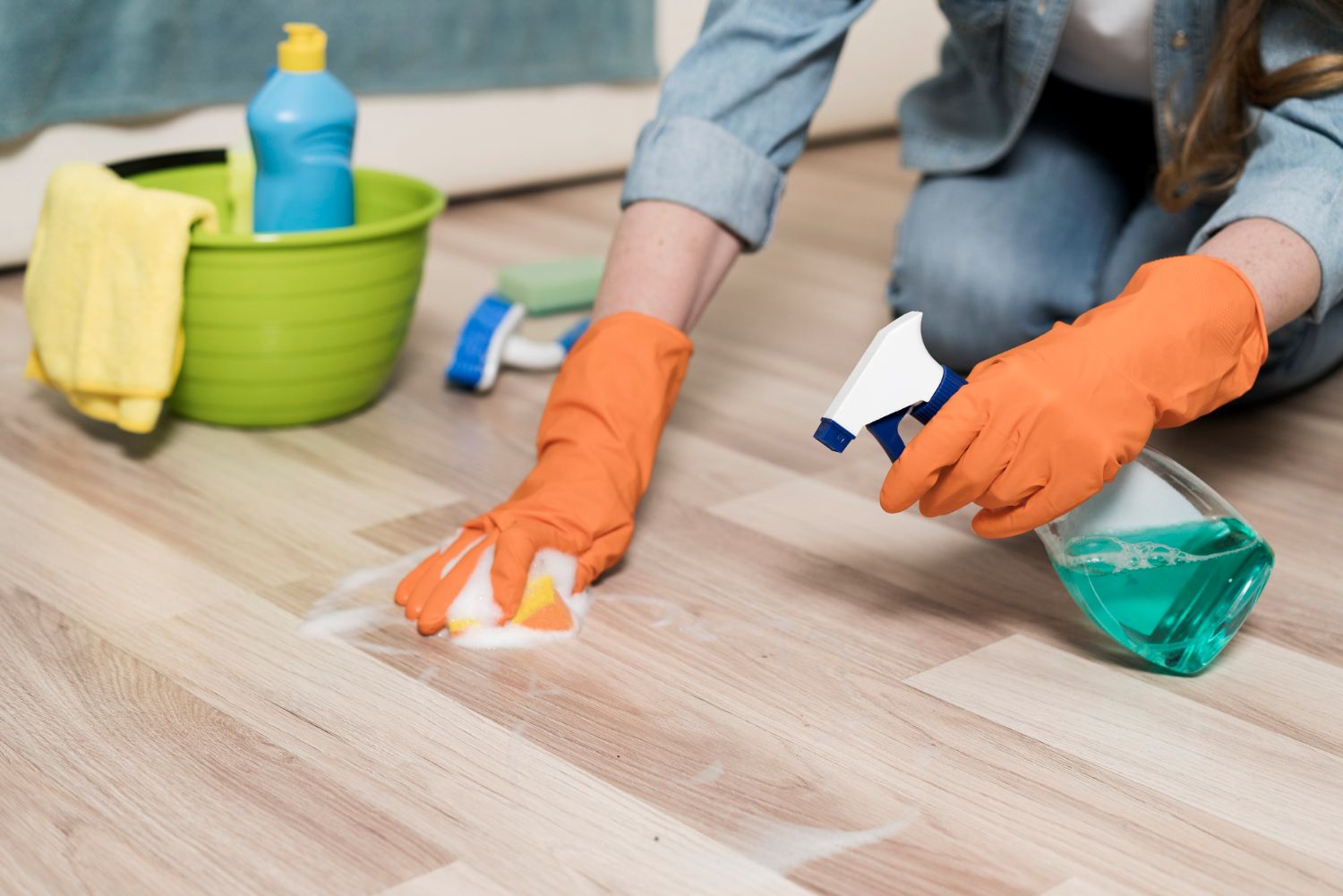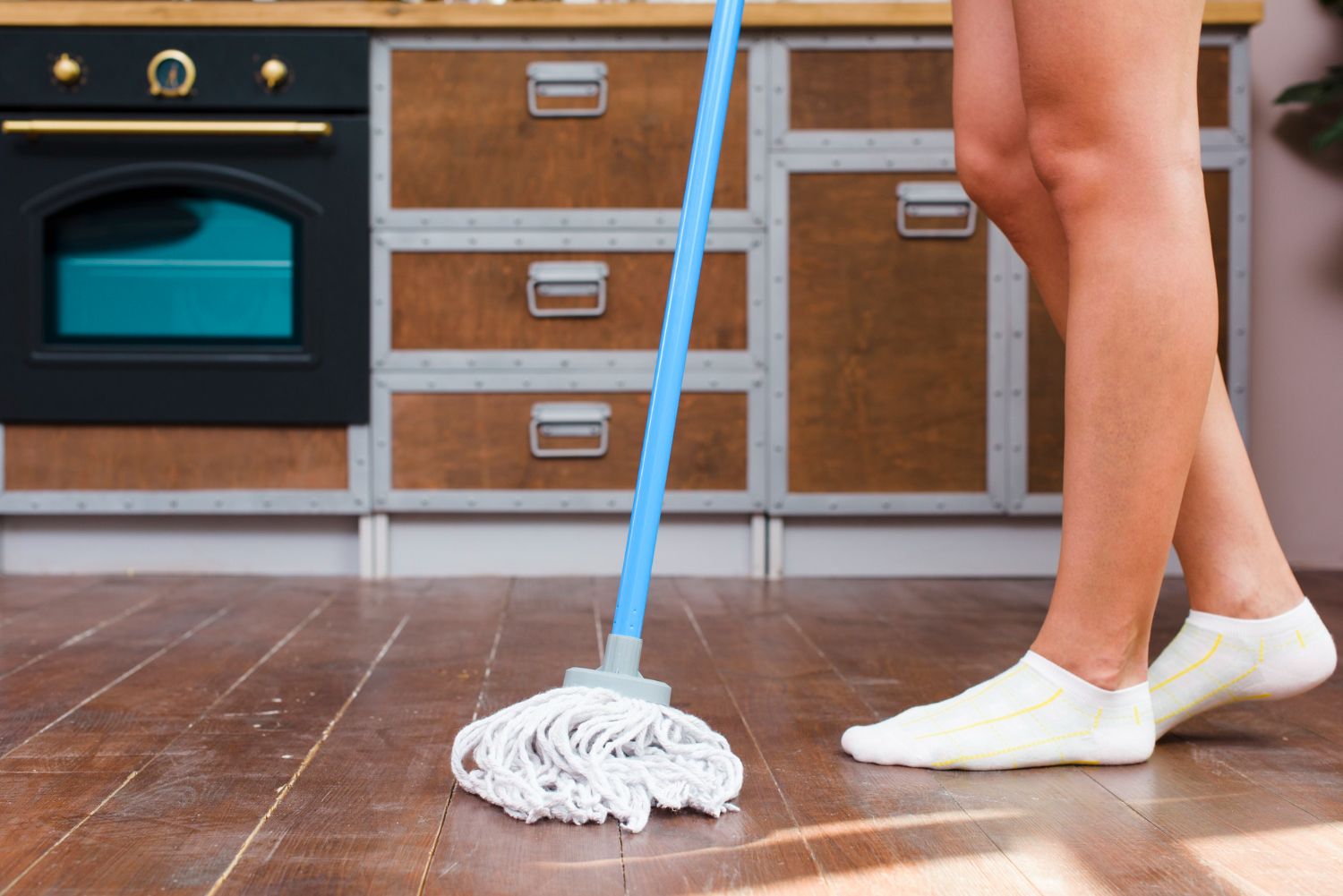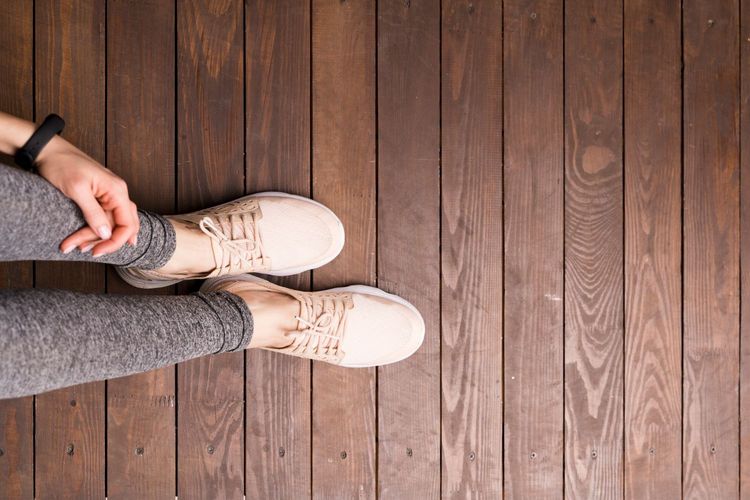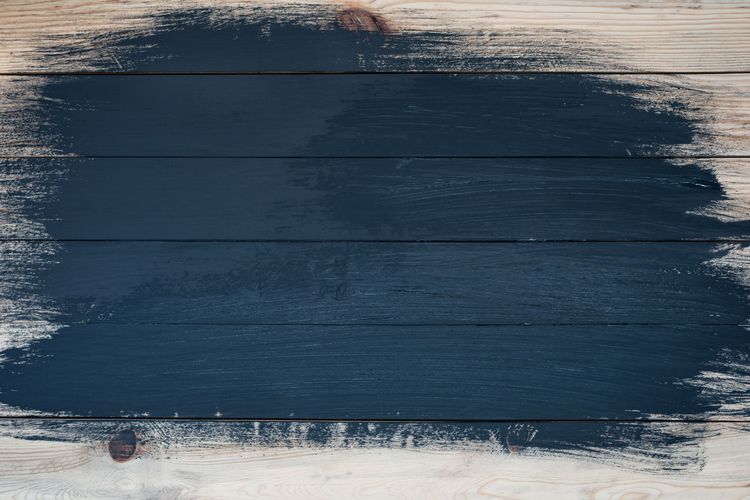How to Remove Stains from Wooden Floors: Wine, Water, and More

Wooden floors lend warmth and character to any interior, yet their porous nature makes them susceptible to stubborn stains. Understanding the science behind stain penetration and employing methodical restoration techniques is crucial for preserving your investment. This comprehensive guide details proven approaches for tackling diverse stains while safeguarding your floor’s structural integrity.
Understanding Wood Stain Mechanics
Wood’s cellular structure acts like microscopic capillaries, drawing liquids deep into its grain. Hardwoods with open grain patterns (oak, ash) absorb stains more readily than tight-grained species (maple, birch). Modern polyurethane or oil-based finishes provide initial protection, but wear exposes raw fibers. Stains operate at three distinct levels: surface contaminants resting atop the finish, sub-finish blemishes trapped between coating and wood, and deep matrix stains that permeate cellular structures. Recognizing this hierarchy determines your removal strategy.

Critical Pre-Treatment Considerations
Before addressing any stain, conduct a discreet spot test in an inconspicuous area. Determine your floor’s finish type by rubbing a cotton swab with acetone on hidden flooring. Polyurethane finishes remain unaffected while shellac or lacquer will dissolve. Always work outward from the stain’s edge to prevent spreading. Immediate action is paramount – most liquids penetrate beyond salvageable levels within 15 minutes.
Liquid Stain Removal Protocols
Red Wine Stains
The tannins and anthocyanins in red wine form chemical bonds with wood cellulose. Begin by blotting – never rubbing – with a microfiber cloth. Create a paste using kosher salt and minimal cold water, applying it generously over the affected area. After 20 minutes, vacuum the residue. For persistent discoloration, mix 3% hydrogen peroxide with baking soda to form a thick paste. Apply sparingly for 10 minutes before neutralizing with a vinegar-dampened cloth. Oxalic acid solutions offer professional-grade results for deep-set stains. Dissolve one tablespoon of crystals in warm water, brush onto the stain, and rinse thoroughly after one hour with a baking soda solution to halt chemical activity.
Water Stains and White Rings
Moisture infiltration causes wood cells to swell, creating cloudy surface disruptions. For fresh marks, rub non-gel toothpaste in circular motions using a soft cloth. The mild abrasives lift surface residue without damaging finishes. Deeper cloudiness responds remarkably to the ironing technique: place a thin cotton cloth over the stain and apply a medium-heat iron in five-second bursts. The steam penetrates the finish, releasing trapped moisture. Chronic white rings may require the unorthodox but effective mayonnaise treatment. Apply full-fat mayonnaise, cover with plastic wrap, and weight it down for 48 hours. The oil content displaces residual moisture through capillary action.
Pet Urine Stains
Urine’s uric acid crystals and bacterial growth cause severe darkening. Blot immediately with enzymatic cleaners specifically formulated for pet accidents. These solutions break down organic compounds at the molecular level. After 10 minutes of application, lightly sand the surface with 220-grit paper. Apply chlorine-free wood bleach if discoloration persists, following manufacturer dwell times precisely. For advanced cases, professional intervention may involve epoxy filler tinted with alcohol-based stains to recreate grain patterns.
Organic and Chemical Stain Solutions
Coffee and tea stains respond well to glycerin-lemon juice solutions. Combine equal parts and let the mixture penetrate for one hour before wiping. Whiting powder mixed into hydrogen peroxide creates a potent overnight poultice for stubborn tannin-based stains. Ink and marker removal depends on the dye type. Alcohol-based inks surrender to 70% isopropyl alcohol applied sparingly on cotton swabs. Permanent markers require mineral spirits blended with pumice stone powder, gently rubbed along the grain direction.
Cooking oil and grease demand immediate absorption. Cover the spill with cornstarch or activated charcoal powder, leaving it for 24 hours to draw out lipids. Residual films yield to diluted dish soap solutions, while citrus solvents combined with kaolin clay create professional-grade degreasing poultices.
Physical Damage Restoration
Heat marks and minor scorches often vanish when rubbed with walnut meat. The nut’s natural oils penetrate surface imperfections. Baking soda and vinegar pastes provide gentle abrasion for superficial burns. Deep scorches require careful scraping with a putty knife followed by progressive sanding from 120 to 220 grit. Finish with grain-matched wax filler sticks melted into the cavity. Scratches and dents benefit from nut oil treatments. Steam injection revitalizes compressed wood fibers: place a damp cloth over the dent and apply a hot iron in short bursts. Gouges necessitate wood filler application with grain-etching tools to mimic natural patterns before refinishing.

Prohibited Techniques and Safety Measures
Certain methods cause irreversible damage. Bleach and ammonia solutions react with wood tannins, creating permanent yellowing on water-stained floors. Vinegar’s acidity etches polyurethane coatings when used on wine spills. Steam cleaners force moisture deep into wood layers, causing fiber swelling and long-term structural compromise. Steel wool creates microscopic abrasions that collect dirt, regardless of stain type. Professionals recommend pH-neutral cleaners exclusively, as alkaline products degrade protective finishes over time.
Preventative Maintenance Strategies
Three coats of water-based polyurethane create the most resilient barrier against spills. Place absorbent rugs strategically in high-risk zones like kitchen work areas and dining spaces. Reapply paste wax every six months to high-traffic sections, buffing to create additional protection. Maintain consistent indoor humidity (35-55%) to minimize wood expansion that opens pores to staining agents.
Professional Intervention Indicators
Board replacement becomes necessary when black fungal streaks (indicating Ceratocystis) appear. Full sanding and refinishing resolves widespread oxidation or deeply embedded stains. UV-curing repairs provide museum-quality restoration for historic floors. Professional services typically range from $400 for spot treatments to $1,200 for whole-room restoration. Certified technicians possess industrial moisture meters, commercial abrasion systems, and specialized chemical neutralizers unavailable to consumers.



